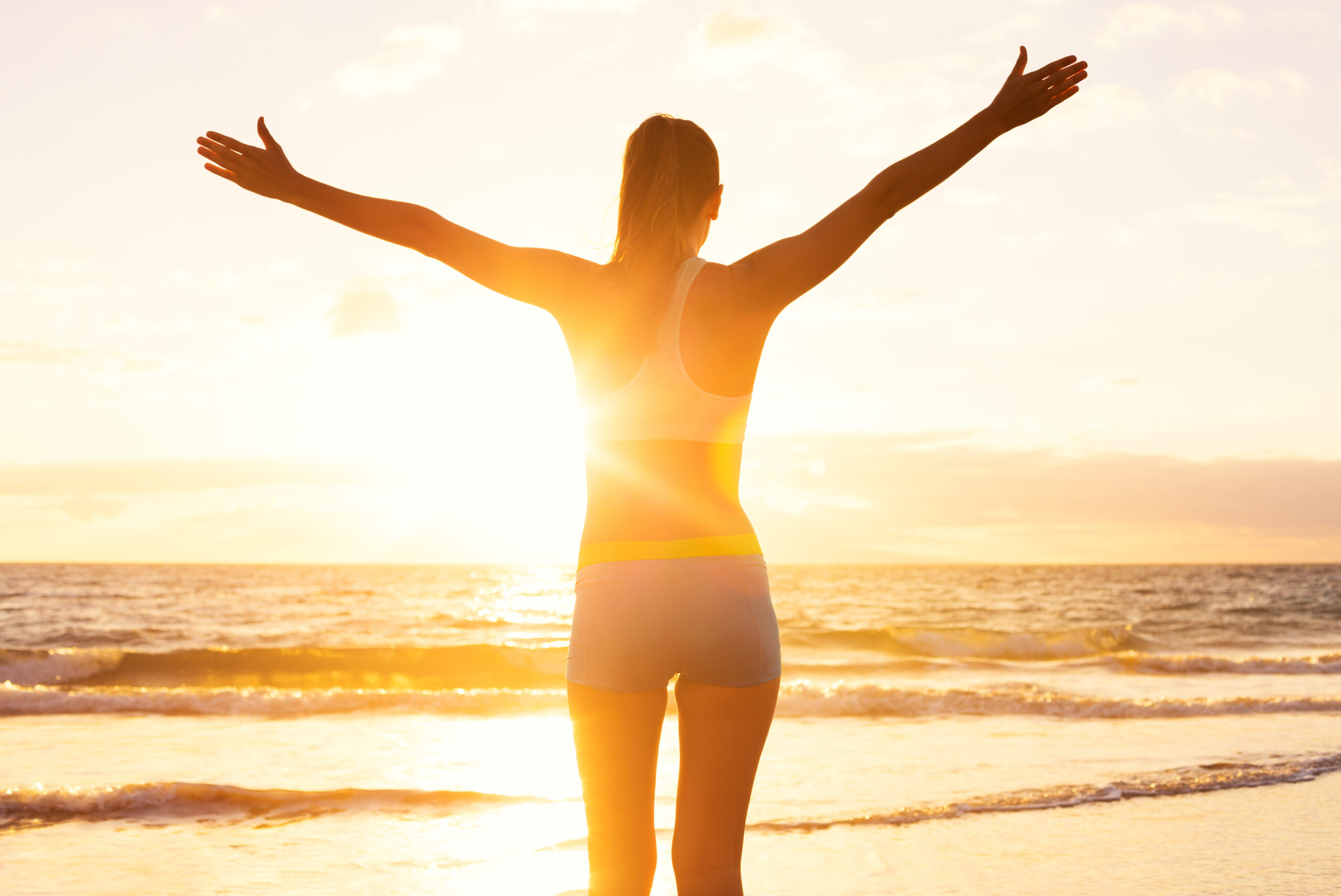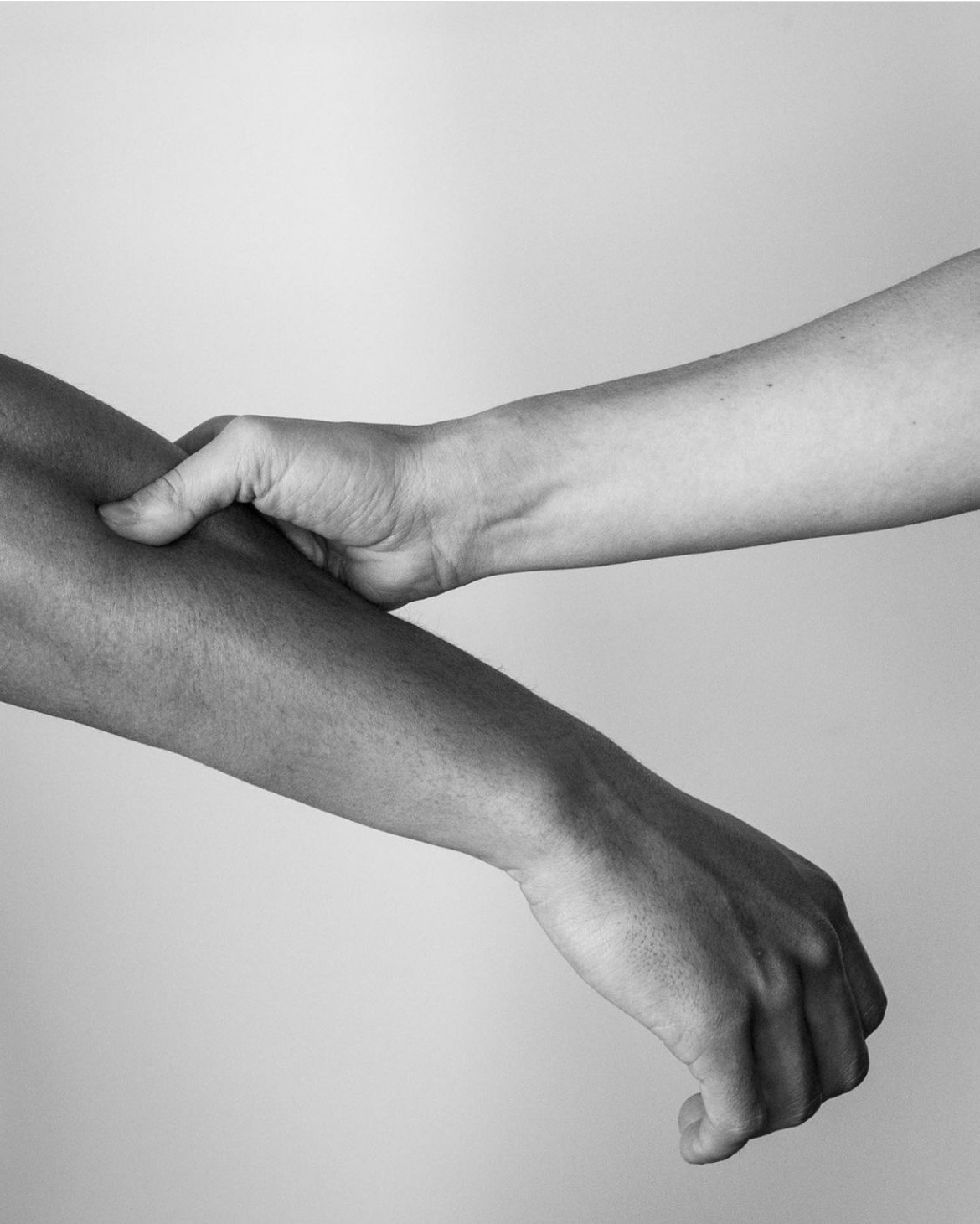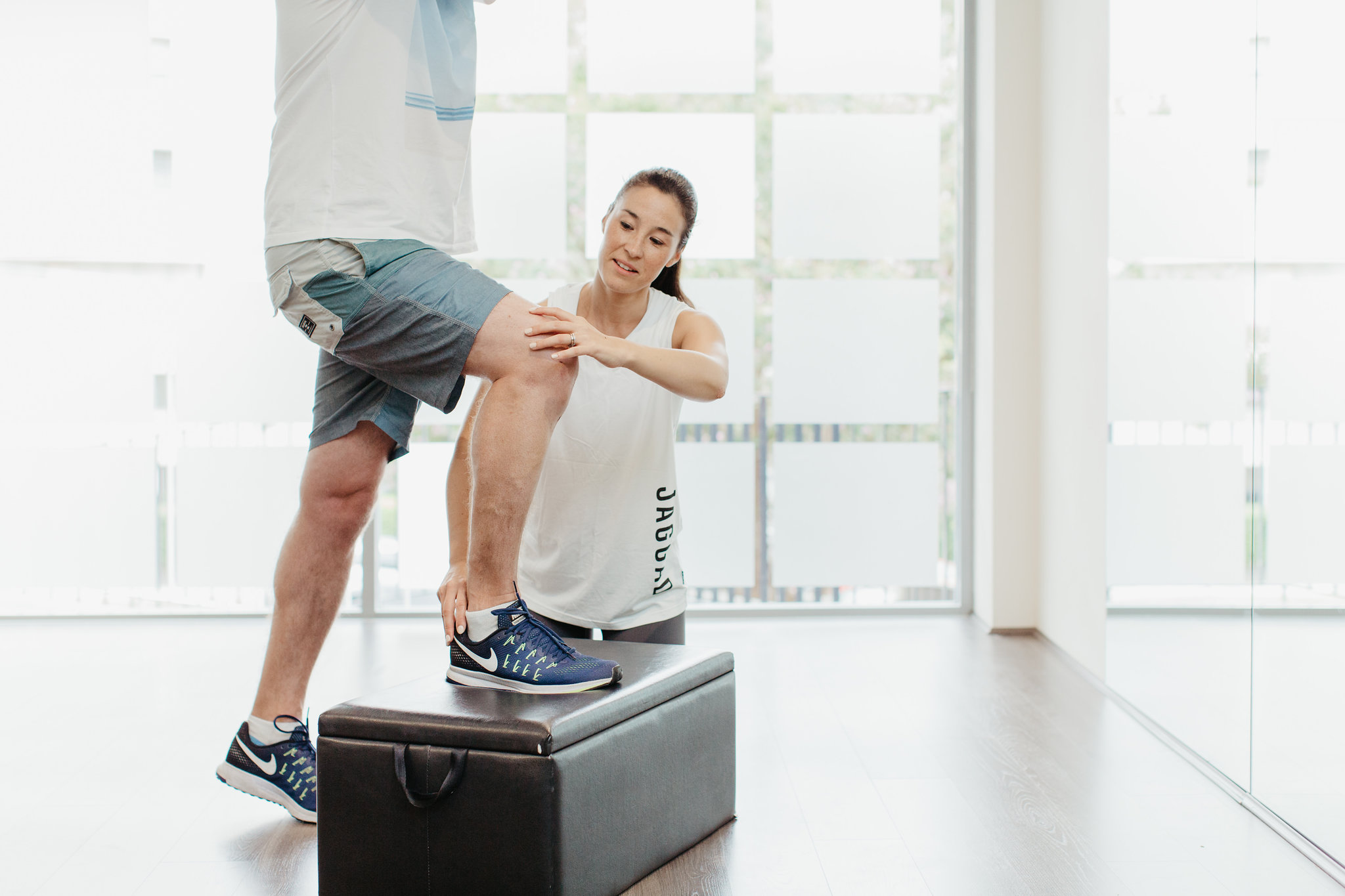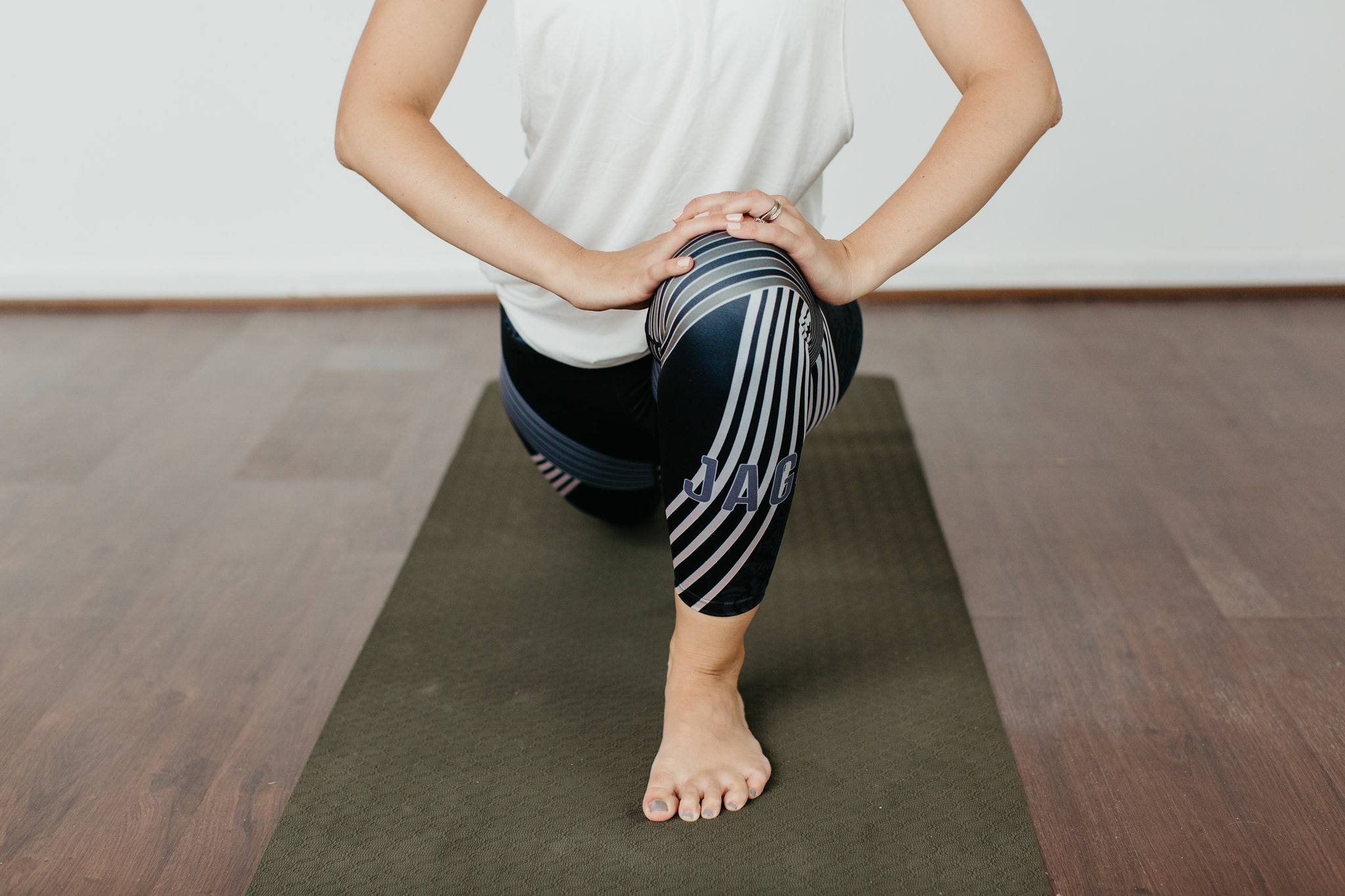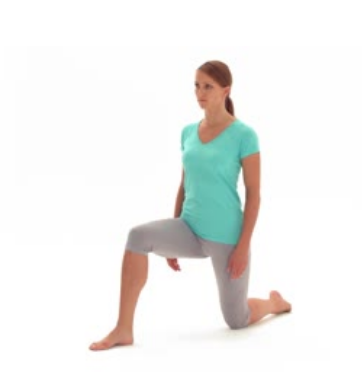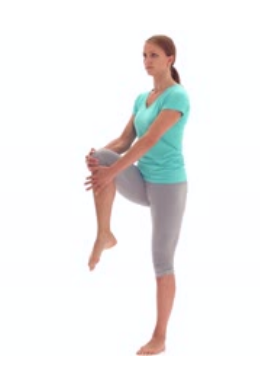Revitalise Your Wellbeing in the New Year: Cultivating Habits for a Healthier You
As we say goodbye to the old and welcome the new, the start of a fresh year provides an opportune time to reflect on our health and make positive changes. At Physio On Miller we believe that prioritizing your wellbeing is the key to unlocking a vibrant and fulfilling life. We share below the importance of wellbeing and share practical tips on how to cultivate habits that contribute to a healthier and happier you and revitalise your wellbeing.
Understanding Wellbeing:
Wellbeing encompasses more than just physical health; it is a holistic belief that encompasses mental, emotional, and social aspects of our lives. Achieving overall wellbeing involves creating a harmonious balance between these elements. At Physio On Miller we believe in the interconnectedness of these elements and encourage for a comprehensive approach to health.
Importance of Wellbeing:
- Physical Health: A strong foundation of physical health is crucial for overall wellbeing. Regular physiotherapy sessions can aid in preventing and managing musculoskeletal issues, promoting flexibility, and enhancing mobility.
- Mental and Emotional Wellbeing: Mental and emotional health are integral components of wellbeing. Techniques such as mindfulness, relaxation, and stress management can be incorporated into your routine to foster emotional resilience and mental clarity.
- Social Connection: Building and maintaining positive relationships contribute significantly to wellbeing. Engaging in social activities, helps create a support system that can enhance your mental and emotional health.
Cultivating Habits for To Revitalise your Wellbeing:
- Regular Exercise: Incorporate a mix of cardiovascular, strength, and flexibility exercises into your routine. Even simple activities like walking, cycling, or Pilates can benefit your physical and mental health.
- Balanced Nutrition: Fuel your body with a well-balanced diet rich in nutrients. Opt for whole foods, lean proteins, and a variety of fruits and vegetables to support your overall health.
- Adequate Sleep: Prioritize quality sleep by establishing a consistent sleep schedule and creating a relaxing bedtime routine. Sufficient sleep is vital for physical recovery and mental well-being.
- Mindfulness and Relaxation: Practice mindfulness techniques, such as meditation and deep breathing exercises, to manage stress and promote emotional balance.
- Regular Physiotherapy Check-ups: Schedule regular appointments with our team of skilled physiotherapists to address any musculoskeletal concerns, prevent injuries, and enhance your physical well-being.
As we embark on a new year, let’s commit to prioritising our wellbeing and cultivating habits that nurture a healthier and happier life. At Physio On Miller, we are dedicated to supporting you on your wellness journey. By integrating these habits into your daily routine, you’ll be taking significant strides toward a more vibrant and fulfilling life. Here’s to a year of optimal health and wellbeing! If you would like to see one of physiotherapists please book.

